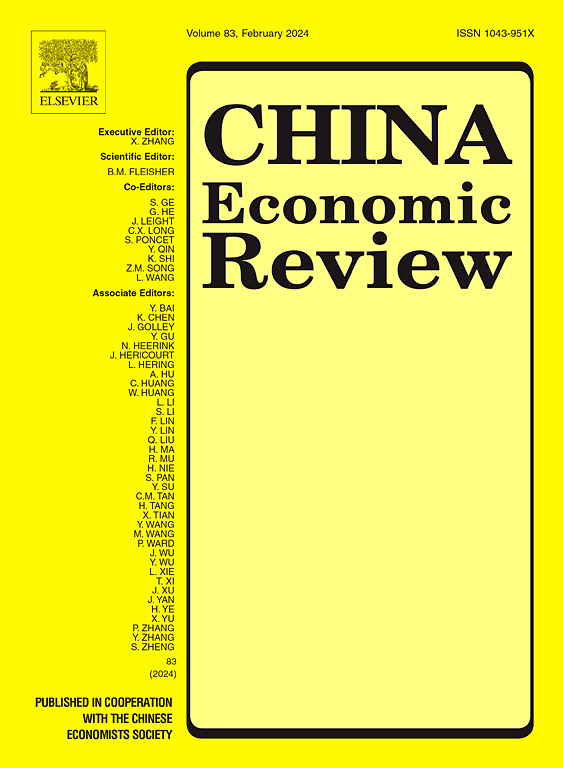大气污染如何影响中国城市创新价值?
IF 5.5
1区 经济学
Q1 ECONOMICS
引用次数: 0
摘要
大多数研究关注的是空气污染的短期经济后果,而不是它对城市发展的长期影响,比如创新。尽管有一些研究分析了其对发明产出的一种方式——专利数量的影响,但忽视专利质量的差异会使研究结果缺乏经济解释。因此,本研究采用具有微观基础的专利更新模型对中国城市(行业)的专利价值进行估算。将热反演作为空气污染的外源,我们的IV估计发现,空气污染每增加1%,导致专利价值减少1.19%。中低水平污染损害更大,在制造业中尤为突出。在集约边际和粗放边际上探讨了创新能力下降、低质量发明转移和创新主体减少的机制。此外,我们还详细讨论了为什么估计的弹性比其他研究更大,这有助于重新评估空气污染对经济的巨大成本,特别是在发展中国家。本文章由计算机程序翻译,如有差异,请以英文原文为准。
How air pollution affects innovation value in China urban area?
Most studies focus on the short-term economic consequences of air pollution, rather than its long-term impacts on urban development, such like innovation. Although a few studies have analyzed its impact on one way of inventive output–patent counts, ignoring differences in patent quality would make the findings lack economic interpretation. Therefore, this study utilizes a patent renewal model with micro-foundation to estimate the patent value by city (industry) in China. With the help of thermal inversion as an exogenous source of air pollution, our IV estimation finds that a 1% increase in air pollution leads to 1.19% decrease in patent value. Pollution damage is greater at low-to-medium level and is salient in the manufacturing sector. We also explore some mechanisms at the intensive and extensive margins, including the decline in innovation capacity, the shift to low-quality inventions, and the reduction in innovative bodies. Furthermore, we also discuss in detail why the estimated elasticity is larger than other studies, which contributes to re-evaluate the huge cost of air pollution on the economy, especially in the developing countries.
求助全文
通过发布文献求助,成功后即可免费获取论文全文。
去求助
来源期刊

中国经济评论
ECONOMICS-
CiteScore
10.60
自引率
4.40%
发文量
380
期刊介绍:
The China Economic Review publishes original works of scholarship which add to the knowledge of the economy of China and to economies as a discipline. We seek, in particular, papers dealing with policy, performance and institutional change. Empirical papers normally use a formal model, a data set, and standard statistical techniques. Submissions are subjected to double-blind peer review.
 求助内容:
求助内容: 应助结果提醒方式:
应助结果提醒方式:


